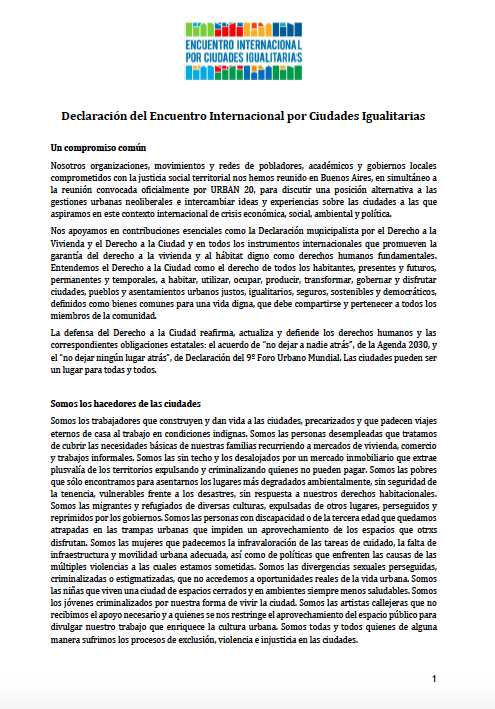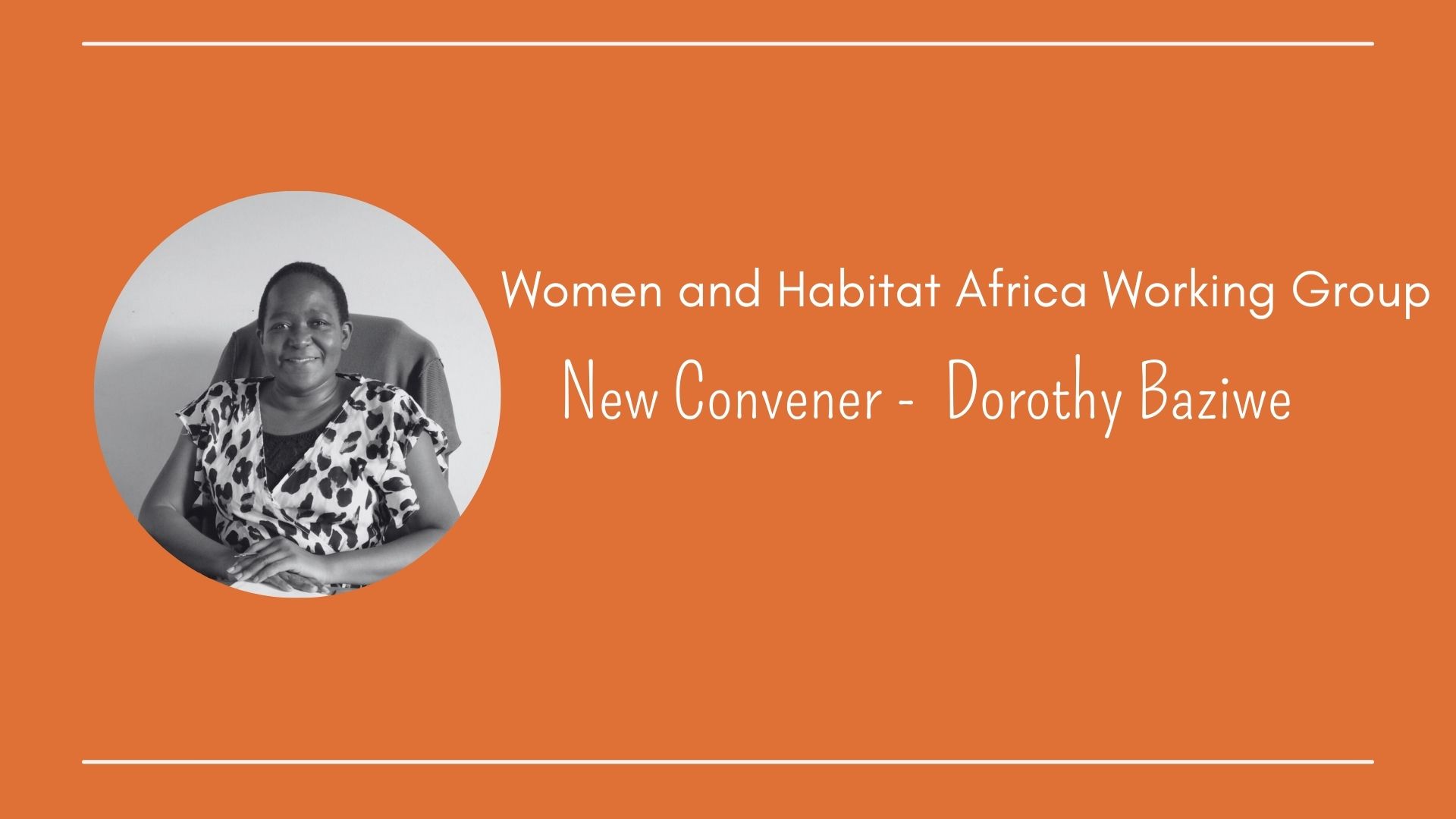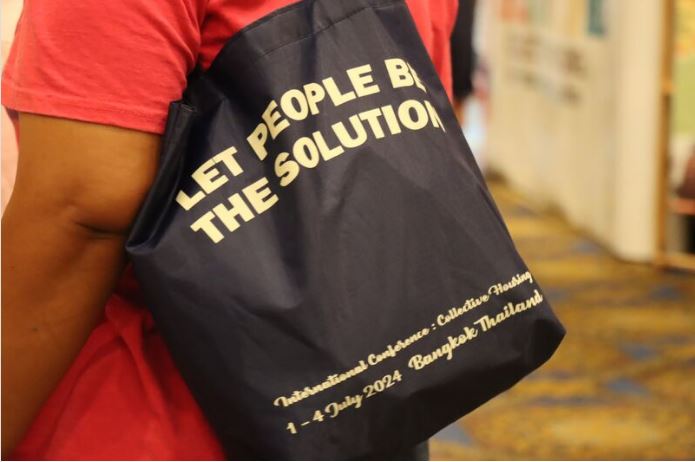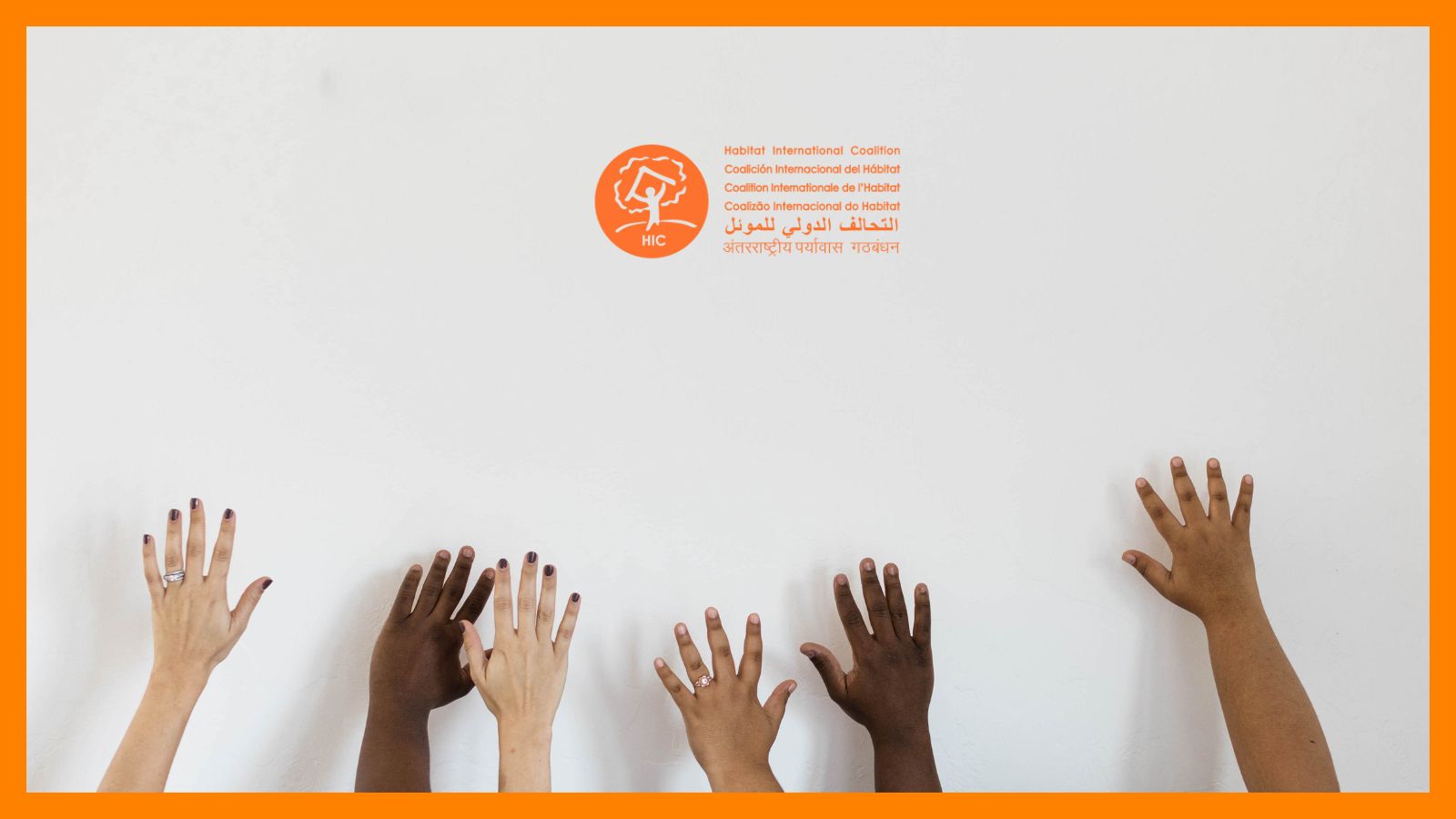Summary
This document contains de analytic synthesis of three case studies:
- Water supply for human settlements in the northern region of Lima Callao in Peru; study undertaken by the Centre for Research and Urban and Regional Projects (CIPUR), in 1993;
- Habitat, Water cycle and the environment: the example of the Parque Havaí in Eusebio (Municipal region of Fortaleza, capital of the state of Cereá, Brazil), undertaken by the CEARAH Periferia, between 1992 and 1997; and
- Team training projects: sanitation for the informal settlement of Altos de Menga (Cali, Colombia), undertaken by the Uni Valle / Cinara and the Municipal Enterprises of Cali (EMCALI) between 1994 and 1997
The objective of the first experience was to improve the water supply conditions for 6 organisations in the districts of Ventanilla and Puente Piedra of Lima (Peru); the second aimed to encourage the urbanisation dynamics through joint activities of the local government and the inhabitants of the peripheral zone of Fortaleza, Brazil; and the third experience aimed to improve the sanitation of Altos de Menga, a squatter settlement in Cali (Colombia), through joint activities between the local institutions and the community, with the help of an University Research Centre as facilitator.
The actors who participated in the process were the following:
- The Community participated in each one of the initiatives. It participated in the technology – selection process: In the Peruvian case, by discussing the technological conceptions proposed by the NGO CIPUR, and contributing to their modification; in the Colombian case, the community designed the technology, which was later reviewed by technicians in the institutions. In each one of the initiatives, the community participated in the construction by providing labour and materials, and in Peru and Colombia, they also supervised the work undertaken by agents. In Colombia, the community also evaluated the project. In each one of these experiences, the community participated in operations and the maintenance of infrastructures.
- The Local Government participated in each one of the experiences through various institutions. In Peru, this participation was unsatisfactory, and limited to a logistical support in the execution of the works; in Colombia, the public service institution of the Municipality participated actively to the entire process, and in the case of Brazil, the urbanisation project was part of a governmental programme.
- The NGOs played the role of facilitator in Peru (CIPUR) and Brazil (CEARAH Periferia). In Peru and Colombia, the NGOs MISEREOR and Plan International supported the inhabitants through the funding of infrastructures.
- In Colombia, a University Research Institute, the CINARA of the University del Valle, was the facilitator of the process.
Alternative technologies were used: in Peru and Brazil, standposts were built for water supply. In Brazil and Colombia, non-conventional drainage systems were used: in Parque Havaí they were built by group of households, with filters for solid elements, anaerobic filters and a system for the chloration of water. In Colombia, there is also the RAS system (Simplified Drainage Network, which reduces the demand on the urban drainage systems), and a rainwater drainage system.
The projects achieved their expected results: in Peru, the public standposts serve some 7800 people; in Brazil, land was made available for the construction of housing for 150 families, and in Colombia, the non-conventional drainage system serves 143 families.
The main problem was the initial opposition by the population to the use of alternative technologies (and in the Colombian case also from the institutions). In each case, it was also difficult to ensure that the local authorities keep their promises. In Peru, promises made to the population during election campaigns were also difficult to keep once elections were passed.
The main impact of these experiences is the strengthening of management capacities of the grassroots organisations. In Brazil and Colombia, these initiatives allowed the organisations and population to work with public institutions, in which they had little trust before the project. Considering the fact that these experiences aim to improve water supply or sanitation, let us hope that they will also have an impact on health, in particular that of children. The Colombian and Brazilian experiences had a specific impact on the evacuation of human excreta and waste waters.
The main lesson learned from this experience is that communities and institutions can work together with the help of a facilitator for the dialogue process. Each actor can assume his or her role with responsibility, and without stepping on anyone else’s toes. Furthermore, technological solutions must not be the starting point for project, but rather we must find organisational mechanisms and processes which will allow us to arrive at these solutions.




